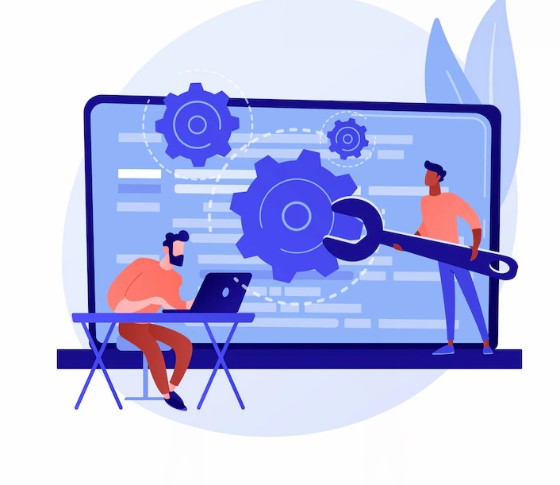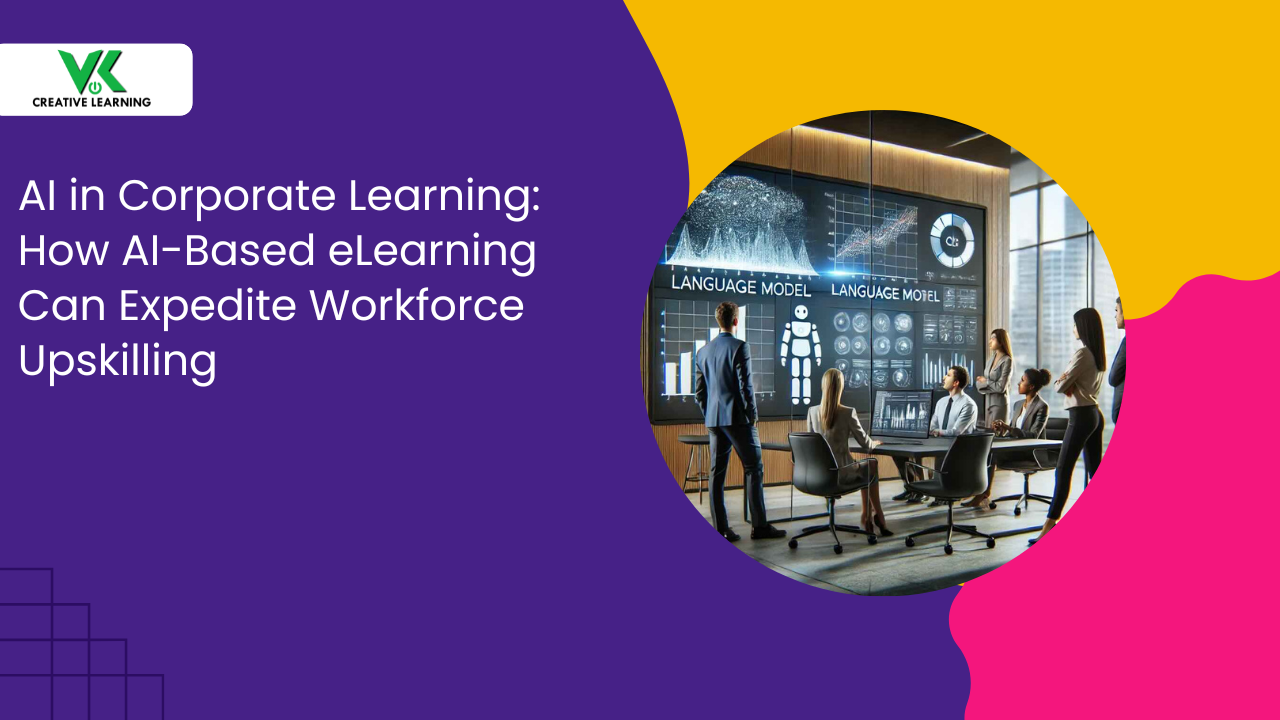Techniques to Personalize Elearning Solutions to Enhance Learning
May 07, 2022
In today's environment, conventional and "one-size-fits-all" eLearning programs have become obsolete. Personalization has become the accepted standard.
Modern learners anticipate that their eLearning courses would offer a host of features that would help to ease up understanding of a topic and enhance their learning skills.
Creating tailored eLearning courses is all about delivering the relevant information to the intended audience at the appropriate time.
To do this, designers must pay close attention to the following elements:
- Formats for content (e.g. audio, video, textual, graphical, etc.).
- The order in which the content is presented and the several potential learning routes.
- The location of content delivery.
- The manner in which learners will be graded.
Understanding the process of personalization in eLearning
Personalized Learning is the process of adapting pedagogy, curriculum, and learning environments to the unique requirements and learning styles of each learner. Personalization extends beyond individualization and differentiation, as it gives the learners some control over what is taught; when it is learned, how it is learned, and on which device learning is done.
Additionally, eLearning customization enables individuals to establish their own objectives, and learn in a specially tailored learning environment. This kind of approach has the potential to dramatically increase the efficiency of learning and provide new chances for career advancement.
Components of customized eLearning
Various elements of customized eLearning solutions should be able to incorporate a number of features that makes learning easy. This means learners will be able to set their own objectives, work at their own speed, and interact with instructors and other students.
Thus, the speed of learning and the ability to grasp an understanding of a topic, and a learner's interests are all key parts of personalized eLearning.
Students in completely customized eLearning environments have the opportunity to study what they want, when they want, and even how they want! This often results in enhanced learning outcomes.
Proven techniques for enhancing the customization of eLearning products
The strategies listed below have been demonstrated to enhance the personalization of eLearning solutions.
1) Make Information Available in a Variety of Formats
Some of your learners would choose text content; others would like a short video, and some may want to use interactive learning simulated modules. Consider creating a piece of information in a variety of formats and enabling learners to select to view and understand the information in their own choice of formats. The critical point to remember is that the learning presented in different formats should be easy to understand and relevant to the topic being discussed.
Additionally, there are two advantages of developing content in multiple formats in an 'eLearning solution.' To begin, designing in this manner empowers the student to decide how to proceed to learn a topic. If a learner desires to understand a topic through multiple formats, one of the major objectives of an eLearning solution will be accomplished. Besides it is always recommended by eLearning experts such as VK Creative Learning (VKCL) to present content of a topic in several formats for improved learning.
2) Establish a goal and allow learners to take initiative
Allow students to propose solutions to problems or ways to accomplish a certain objective.
For instance, when assigning a task to learners, allow them to pick the media or tools they will use to execute it. Allow them to utilize their preferred technology or delivery channel as well, such as an educational PowerPoint presentation, an eye-catching infographic, or an in-depth blog post.
Allowing students to work in this manner increases their motivation and participation while allowing them to use techniques they are more familiar with. Additionally, it will enable them to exercise a greater imagination required for comprehending a complex topic.
Thus, rather than just following prescribed procedures, learners gain control over their own learning and the opportunity to use their own creativity and learning skills.
3. Distribute On-Demand Videos
In many eLearning courses, we still see the standard screen with an hour-long talking video in which the student listens to an expert for a lengthy amount of time. They are required to take notes and pay close attention to what is being said. In the present eLearning environment, video-based content does not operate in this way.
The perfect video is between three and five minutes in length and has a hook and a purpose. Drill down to the core of the knowledge you're about to provide. Before the video is produced, it should be written and should be editable if required.
4. User-friendly and scalable content
Forget about the linear delivery of material. Rather than developing a traditional linear experience, provide learners with a clickable experience that includes a variety of activities. Bear in mind that your learners are seeking just-in-time answers. You must often provide bite-sized modules to employees in order to accommodate the varying demands of your broad audience.
5. Incorporate gamification and reflective learning into your eLearning solution.
Students are more inclined to participate in the learning process if they perceive that they are having fun or making progress.
Gamified learning incorporates all game-like elements into the learning process and significantly boosts student engagement with any educational activity.
A fascinating understanding gained by VKCL helped it to conclude the effect of gamification on students' learning, engagement, and behavior on students' personality types. It discovered a strong correlation between specific gamified learning elements and students' learning, engagement, and behavior.
Gamified learning may be more advantageous for introverted learners, who often need more reinforcement in an online classroom setting.
Additionally, reflective learning enables students to track their progress and helps to evaluate their own learning styles and achievements.
6. Integration of feedback mechanism in customized eLearning solutions
Much of the customizing that occurs in eLearning environments is dependent on feedback. Feedback may be explicit in the form of a written recommendation or implicit in the form of a spoken suggestion or learner's actions on an eLearning platform. The input may be analyzed manually or automatically to aid in the platform's customization – and, ideally, this should be a built-in feature of an eLearning platform. The majority of the time, the translation of input into a customized system alteration is done by an Artificial Intelligence (AI) subsystem.




